PARGA
SPRINGS of ACHERON
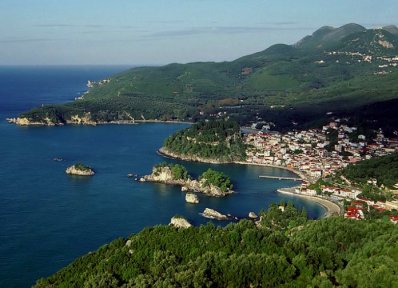
The Managing Committee of Longos Cultural Society "Lord
Byron" organised in cooperation with MATTHEOS-TOURS/Egio a
one-day EXCURSION toPARGA |

|
|
Service charge: 24,00 € per person. Departure 7.00 a.m.
Registration and further information: EXCURSION PROGRAM:Meeting at 7.00 a.m. at the fountain in Longos (Eucalyptus Street) and departure to the springs of the Acheron. We drove along the Ionian motorway to Arta and from there with a stopover in the direction of Glyki/Acheron springs.At the Acheron springs we could have a cup of coffee by the river. Whoever wanted to go for a walk there, take advantage of the many activities on the river or enjoy nature should definitely bring sturdy shoes and suitable clothing (shorts, swimming trunks/bathing suit). Afterwards we drove to Parga for lunch. In Parga we could combine our afternoon coffee with a visit to the castle or stroll through the alleys of the city. In the afternoon return via the Ionian motorway to Longos.
|
Acheron riverThe Acheron is a river located in the Epirus region of northwest Greece. It is 52 km (32 mi) long, and its drainage area is 705 km2 (272 sq mi). Its source is near the village Zotiko, in the southwestern part of the Ioannina regional unit and it flows into the Ionian Sea in Ammoudia, near Parga.
|

|
|
In ancient Greek mythology, Acheron was known as the "river of woe", and was one of the five rivers of the Greek underworld. The word is of uncertain etymology. In the Homeric poems, the Acheron was described as a river of Hades, into which Cocytus and Phlegethon both flowed. The Roman poet Virgil called it the principal river of Tartarus, from which the Styx and Cocytus both sprang. The newly dead would be ferried across the Acheron by Charon in order to enter the Underworld. William Blake's depiction of "The Vestibule of Hell and the Souls Mustering to Cross the Acheron" in his Illustrations to Dante's "Divine Comedy" object 5 c. 1824-27. The original for the work is held by the National Gallery of Victoria. The Suda describes the river as "a place of healing, not a place of punishment, cleansing and purging the sins of humans". According to later traditions, Acheron had been a son of Helios and either Gaia or Demeter, who had been turned into the Underworld river bearing his name after he refreshed the Titans with drink during their contest with Zeus. By this myth, Acheron is also the father of Ascalaphus by either Orphne or Gorgyra. The river called Acheron with the nearby ruins of the Necromanteion is found near Parga on the mainland opposite Corfu. Another branch of Acheron was believed to surface at the Acherusian cape (now Karadeniz Ereğli in Turkey) and was seen by the Argonauts according to Apollonius of Rhodes. Greeks who settled in Italy identified the Acherusian lake into which Acheron flowed with Lake Avernus. Plato in his Phaedo identified Acheron as the second greatest river in the world, excelled only by Oceanus. Following Greek mythology, Charon ferries souls across the Acheron to Hell. Those who were neutral in life sit on the banks. He claimed that Acheron flowed in the opposite direction from Oceanus beneath the earth under desert places. The word is also occasionally used as a synecdoche for Hades itself. Virgil mentions Acheron with the other infernal rivers in his description of the underworld in Book VI of the Aeneid. In Book VII, line 312 he gives to Juno the famous saying, flectere si nequeo superos, Acheronta movebo: 'If I cannot bend the will of Heaven, I shall move Hell.' The same words were used by Sigmund Freud as the dedicatory motto for his seminal book The Interpretation of Dreams, figuring Acheron as psychological underworld beneath the conscious mind. The Acheron was sometimes referred to as a lake or swamp in Greek literature, as in Aristophanes' The Frogs and Euripides' Alcestis. In Dante's Inferno, the Acheron river forms the border of Hell. Following Greek mythology, Charon ferries souls across this river to Hell. Those who were neutral in life sit on the banks.
|
Acheron springsOne of the natural attractions of Parga municipality on the border with Souli municipality is the Acheron springs, 2 km from the main Glyki-Parga road.The Acheronta springs are located on the Tamaros mountain at 1600 meters altitude near the village of Glyki. The Acheron flows into the Ionian Sea near the village of Ammoudia in Preveza Prefecture, where it forms a delta that forms the two main swamps of the region, the Splantza and Balanidorrach swamps. It attracts a large number of visitors because of its ecological value. It is 52 kilometres long and irrigates about 8,500 hectares, of which 2,800 are in Thesprotia Prefecture and 5,700 in Preveza Prefecture. The Acheron was also known as Mavropotamos, Fanariotiko or Kamariotiko.
|
 |
 |
Acheron springs
 |
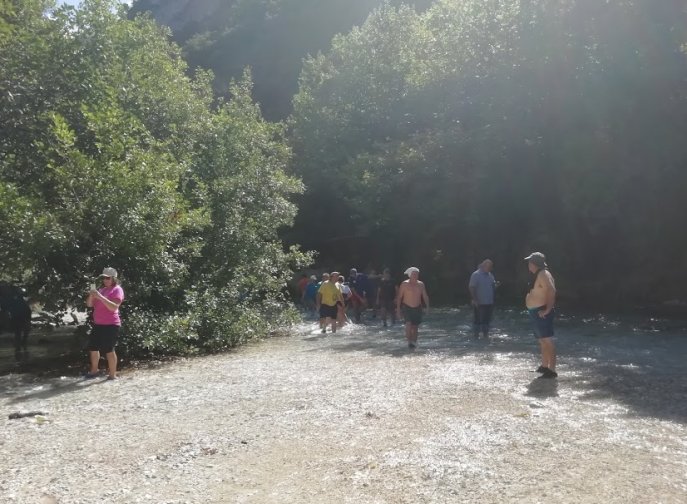 |
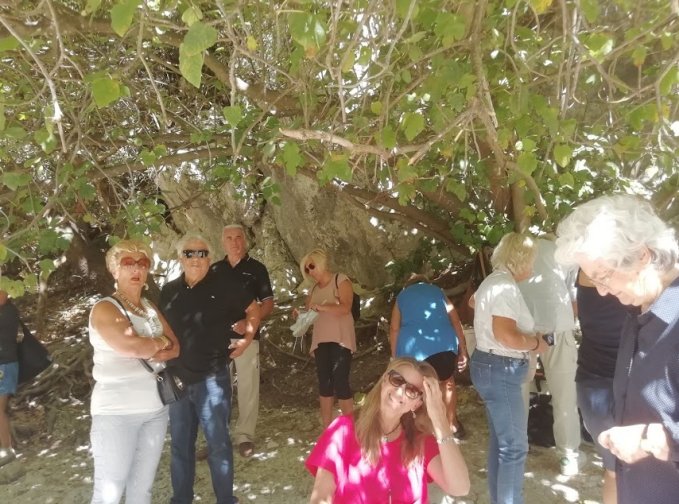 |
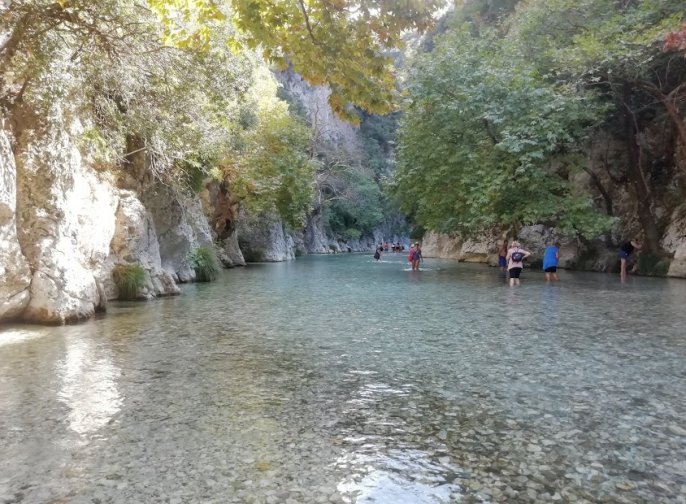 |
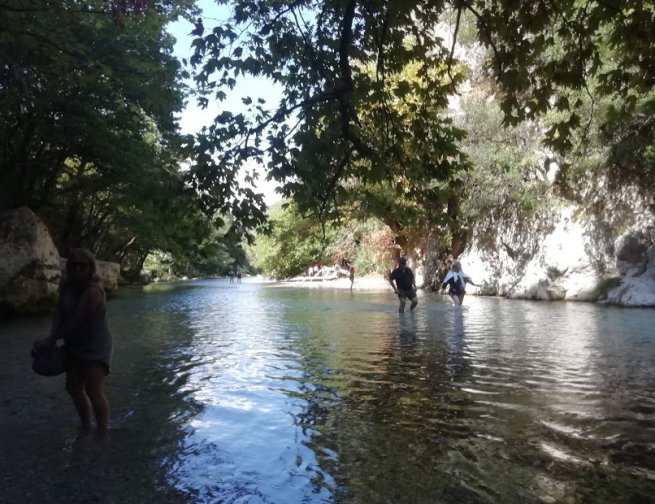 |
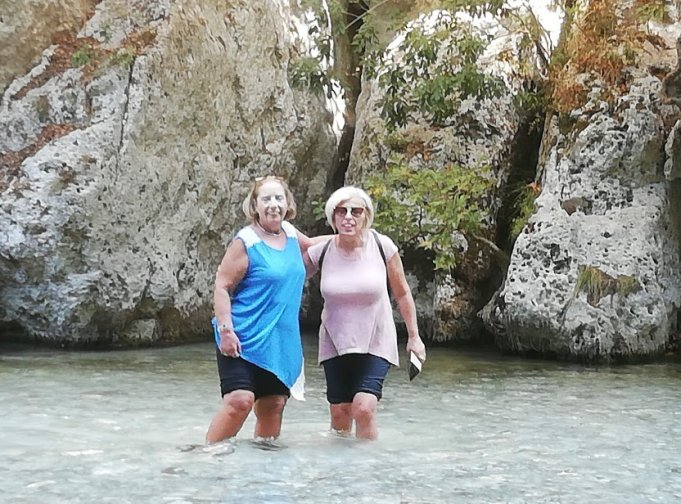 |
 |
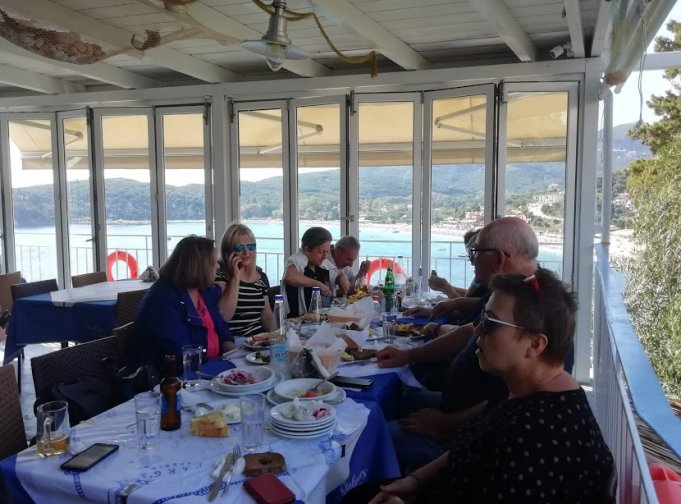 |
PargaParga is a town and municipality located in the northwestern part of the regional unit of Preveza in Epirus, northwestern Greece. The seat of the municipality is the village Kanallaki. Parga lies on the Ionian coast between the cities of Preveza and Igoumenitsa. It is a resort town known for its natural environment.n antiquity the area was inhabited by the Greek tribe of the Thesprotians. The ancient town of Toryne was probably located here. Parga itself is mentioned for the first time in 1318; the name is most likely of Slavic origin. Two years later, the town and its sugarcane plantation proceeds were unsuccessfully offered by Nicholas Orsini, the Despot of Epirus, to the Republic of Venice in exchange for Venetian aid against the Byzantine Empire. During the Epirote rebellion of 1338/39 against the Byzantine emperor Andronikos III Palaiologos, Parga remained loyal to the emperor. In the 1390s it was under the rule of John Spata, lord of Arta. The town finally passed under Venetian control in 1401, and was administered as a mainland exclave of the Venetian possession of Corfu, under a castellan. Venetian possession was confirmed in the Ottoman–Venetian treaty of 1419. Apart from brief periods of Ottoman possession, the town remained in Venetian hands until the Fall of the Republic of Venice in 1797. In 1815, with the fortunes of the French failing, the citizens of Parga revolted against French rule and sought the protection of the British. In 1819, the British sold the city to Ali Pasha of Ioannina, and from him it passed under Ottoman rule. Ottoman rule in Parga and the rest of Epirus was ended in 1913 following the victory of Greece in the Balkan Wars. |
|
Today Parga is the busiest holiday resort in the region. Nearby are the beaches of Kryoneri, Piso Kryoneri (within the settlement of Parga), Valtos and Sarakiniko to the west, Lichnos and Ai Giannakis to the east. Opposite the city lies the picturesque island of Panagia with a church and medieval Venetian and French buildings. Parga is Epirus's most popular tourist destination. It was built on the edge of the Venetian castle and is influenced by the Ionian architecture. During the summer months Parga is daily connected by ferry with Paxos and Antipaxos. There is also a ferry connection with Ammoudia, Corfu and Lefkada. About fifteen kilometres from Parga is the region's most important ancient monument. It is the most important necromancy of antiquity, the necromancy of Acheron. The ancient Greeks believed that the sources of the Acheron were the gates of the underworld. |
 |
 |
Sights- The historical Venetian castle of the city- The island with the church of Our Lady - The ecclesiastical museum in the centre of the city - The Church of Saint Nicholas, patron saint of Parga - The Monastery of Saint Vlacherna - The Chapel of St. Sostis under the rock in a unique landscape above the beach of the same name - The picturesque stone-paved streets of the city - The castle of "Ali Pasha" in Anthousa - The underwater spring in Ai Giannakis Bay - The natural caves of Lichno - Dozens of chapels in the town
|
 |
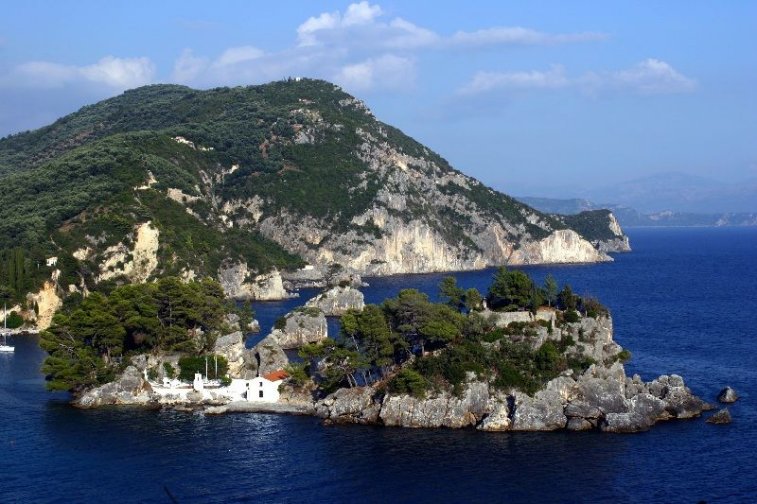 |
The historical Venetian castle of the city and the island with the church of Our Lady
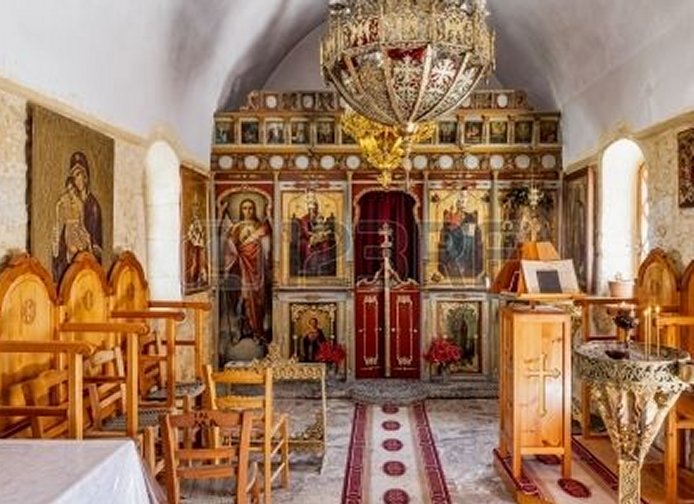 |
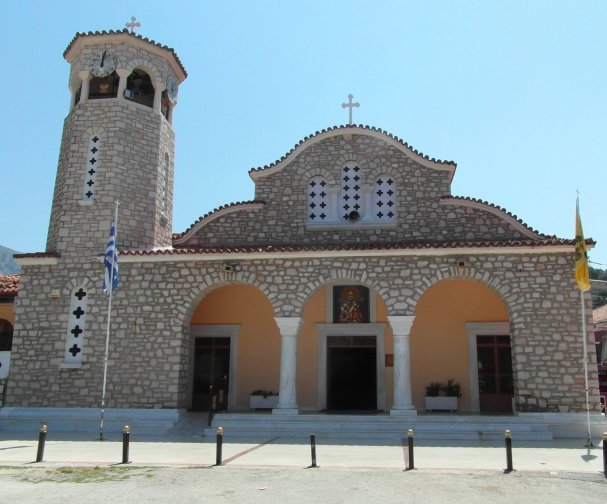 |
The ecclesiastical museum in the centre of the city and the Church of Saint Nicholas, patron saint of Parga
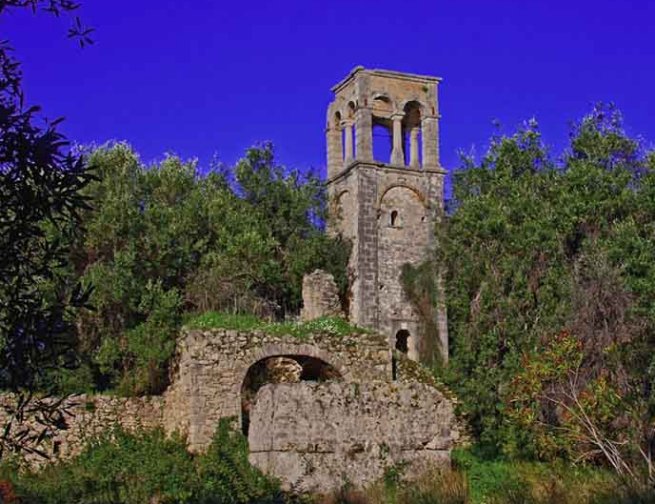 |
 |
The Monastery of Saint Vlacherna and the Chapel of St. Sostis
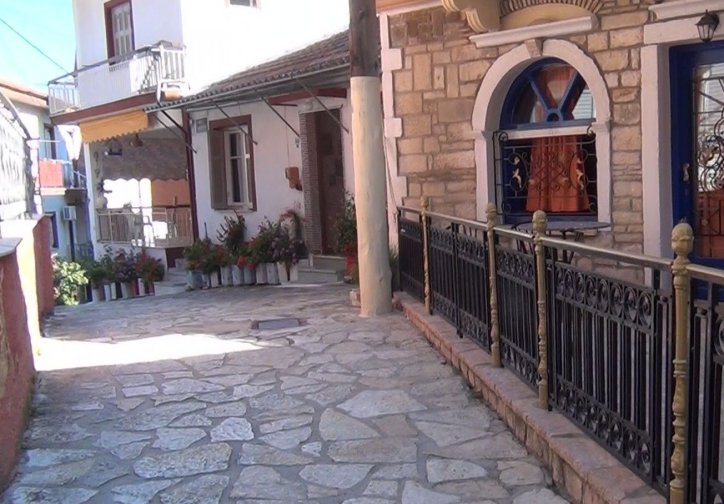 |
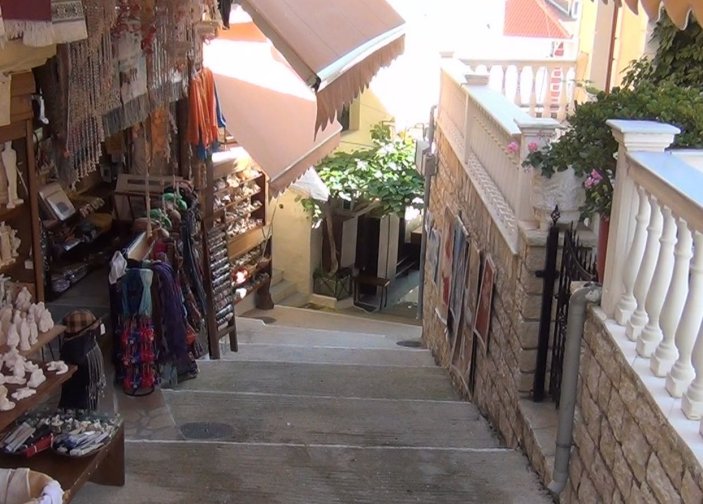 |
The picturesque stone-paved streets of the city
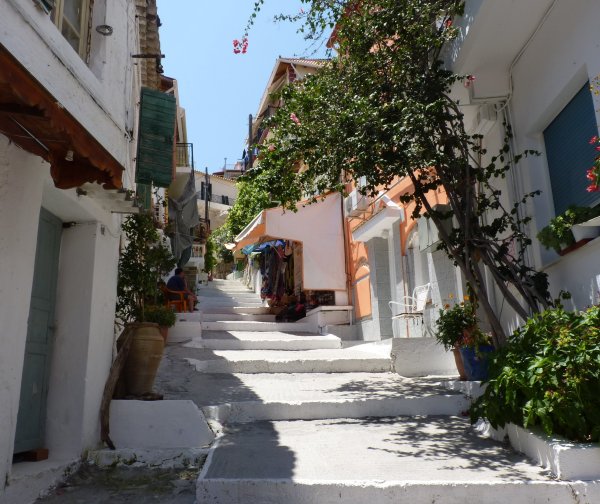 |
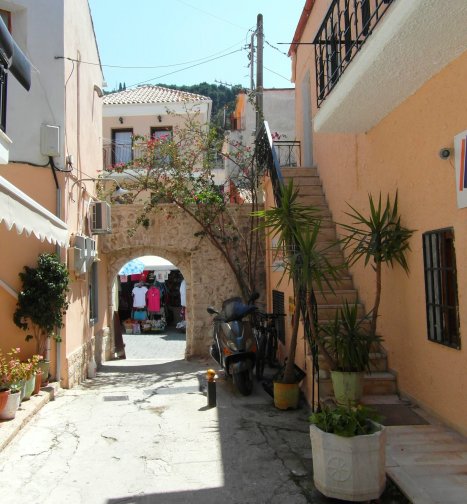 |
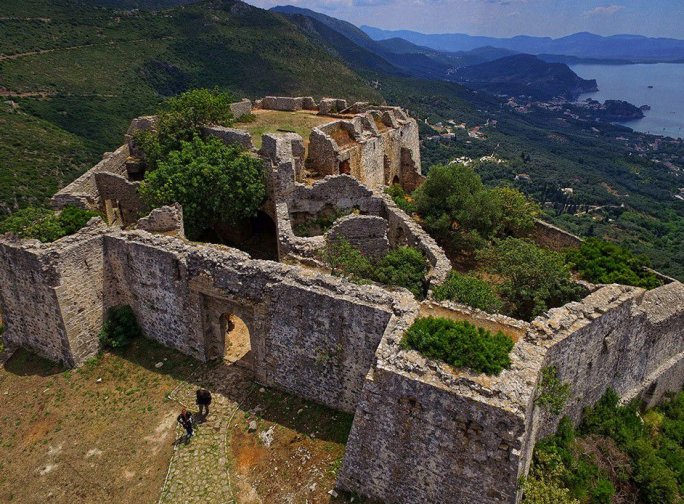 |
 |
The castle of "Ali Pasha" in Anthousa and the natural caves of Lichno